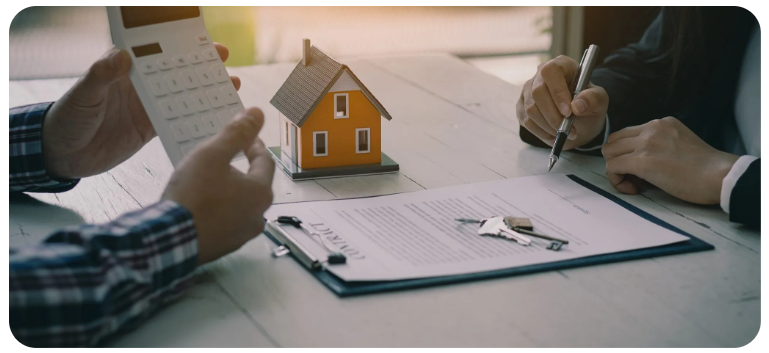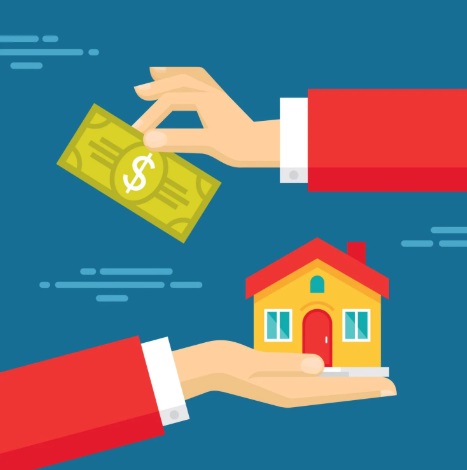Understanding Home Equity Loans

When faced with the high cost of their child’s college tuition or home renovation, many homeowners use the equity in their property to finance it. How does that happen? There are two ways: a home equity line of credit and a home equity loan. Take a look at the differences between the two before signing on the dotted line:
Home Equity Line of Credit (HELOC)
-
HELOCs are a second mortgage on the home, but instead of a lump sum, the homeowner typically has a five-to-ten-year “draw” period where they have access to the amount of the credit.
-
During the draw period, some lenders allow interest-only payments on the amount, while some require principle-plus-interest payments. Either way, pay more than the minimum so the principal can be paid off before the repayment period.
-
Once the draw period is over, repayment of what credit has been used will begin. Keep in mind that these payments will be higher than the earlier amounts you’ve been paying.
-
This line of credit can be used for anything but using it for large purchases or luxury vacations may not be a good idea; start a savings fund for those! Once the draw period is over and the homeowner cannot afford the payments, they could lose your home to foreclosure.
-
In some cases, a lender will close the line of credit early if the borrower’s circumstances change. If that money is used to pay their child’s college tuition, they will no longer have access to it, creating financial strain.
Home Equity Loan
-
Basically speaking, a home equity loan is a second mortgage on your home, which will be used as collateral by the lender.
-
The lender usually bases the loan amount on the difference between the homeowner's equity and the home's current market value. Nerdwallet can help determine how much equity there is in a home.
-
Most lenders allow homeowners to borrow up to 80% of the home’s total value; it depends on what portion is actually “owned.” In other words, a home that has a mortgage with an outstanding balance will have less equity than a house that has no mortgage.
-
Unlike HELOC, a home equity loan will be paid out in a lump sum and comes with a fixed interest rate.
While shopping for the best interest rates for these kinds of loans, be mindful of scams! Stay clear of offers that come in the mail, ads that guarantee qualification, or “lenders” that request fees up front. Know what to look for when applying for any type of loan, especially those that use the home as collateral.
Courtesy of New Castle County DE Realtors Tucker Robbins and Carol Arnott Robbins.
Photo credit: www.prosper.com






